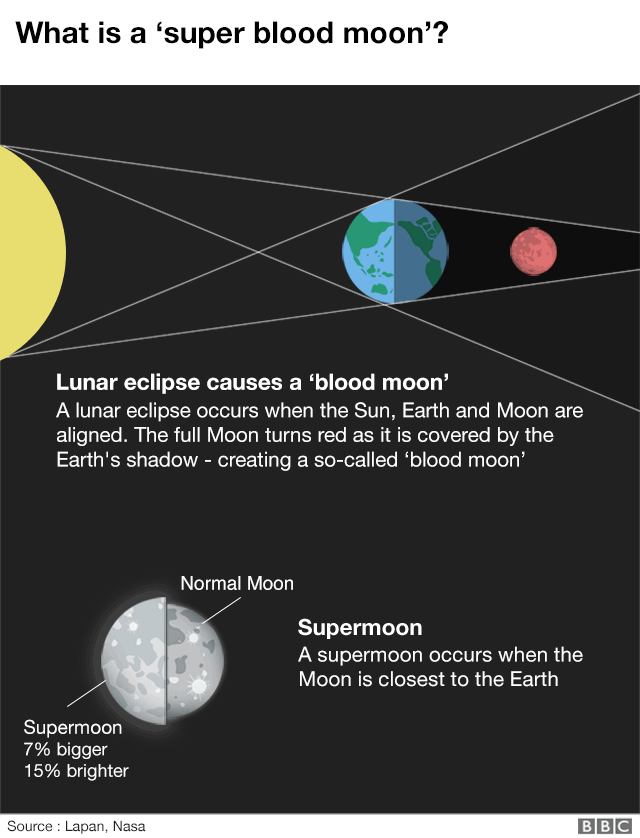President Donald Trump waves as he walks through the Colonnade from the Oval Office of the White House ( AP )
White House 'has ignored scientific findings on climate change, LGBTQ rights, taxes and other issues'
Valerie Strauss
A report by the Union of Concerned Scientists says President Donald Trump and his administration have taken scores of actions that have ignored scientific findings on climate change, LGBTQ rights, taxes and other issues and that those actions are harming public health and the environment.
The report, The State of Science in the Trump Era: Damages Done, Lessons Learned, and a Path to Progress, says the organisation has documented 80 attacks on science by administration officials with limited scientific credentials and significant conflicts of interest, including direct ties to industries that agencies are supposed to regulate.
Donald Trump has repeatedly expressed opinions about climate change and other issues that contradict the best scientific research. He kept vacant the key position of chief of the Office of Science and Technology Policy – which informs federal policies on climate change, online privacy, artificial intelligence and other issues – longer than any president.
“President Trump’s political appointees have taken a wrecking ball to science, which we all depend on,” Union of Concerned Scientists President Ken Kimmell said in a statement. “But the science community is more engaged than ever to fight back.”
The report said “the administration has compromised our nation’s ability to meet current and future public health and environmental challenges, and it continues to erode science across the federal landscape” by taking actions that include:
“President Trump’s appointees to the Environmental Protection Agency and the Department of the Interior stand out for their glaring conflicts of interest and their hostility to the science-based mission of their agencies,” the report says. “Climate science and studies on the public health impacts of pollution have been especially targeted – demonstrating the administration’s commitment to helping politically powerful industries at the expense of the public good.”
The Union of Concerned Scientists, a nonprofit advocacy organization, said the level of political interference in science varies by agency and issue. But it noted that “both the courts and sustained pressure from scientists and their allies have prevented or restrained some of the worst abuses to date.”
Scientists and others have gone to the courts, the public-comment process and Congress to try to check the administration, and they have prevented the confirmation of some nominees and stalled some policies. The report offers a path for the new Congress, with its Democratic-led House, to safeguard scientific principles from damage by the executive branch.
“Congress has power to investigate attacks on science, defend the vital role of science in federal decision-making, and mandate increased protections for federal scientists,” the report says. “They have the power of the purse and must ensure that federal science and research remains well-funded, despite repeated attempts by the administration to cut budgets and staffing related to science. They should also demand that those nominated to lead federal agencies acknowledge and act upon the latest science.”
The report describes in detail examples of actions taken – or not – by the administration.
For example, it noted that Treasury Secretary Steven Mnuchin had promised comprehensive studies of the economic impact of the proposed Tax Cuts and Jobs Act before it became law and even said that more than 100 people “working around the clock on running scenarios” would provide evidence that the proposed $1.5 trillion tax plan would pay for itself through economic growth. No such analysis emerged, the report said, and “Treasury economists stated they were barred from conducting comprehensive analyses and that the analyses Secretary Mnuchin described did not exist.”
It said the Trump administration “repeatedly ignored, dismissed, or suppressed the science of climate change, limiting the ability of federal scientists to speak about, report on, or even study it” and has “removed, revoked, and suppressed mentions of climate change in agency documents.” Instead, it has pointed “to elements of uncertainty about the magnitude of impacts and the human causes of climate change rather than the overwhelming US and international consensus on its very significant risks and the unequivocal evidence that recent warming is primarily caused by human activities.”
An example of when scientists and other advocates successfully pushed back involved Scott Pruitt, the former EPA administrator who was forced out in July because of scandals. On his last day as administrator, he created a loophole that would have allowed a certain kind of truck to emit massive amounts of pollution, the report said. A coalition of public health groups, environmental activists, scientists and others lobbied against it and went to court. The new EPA administrator got rid of the change.
Thanx Valerie Strauss Washington Post
Knight Jonny






























